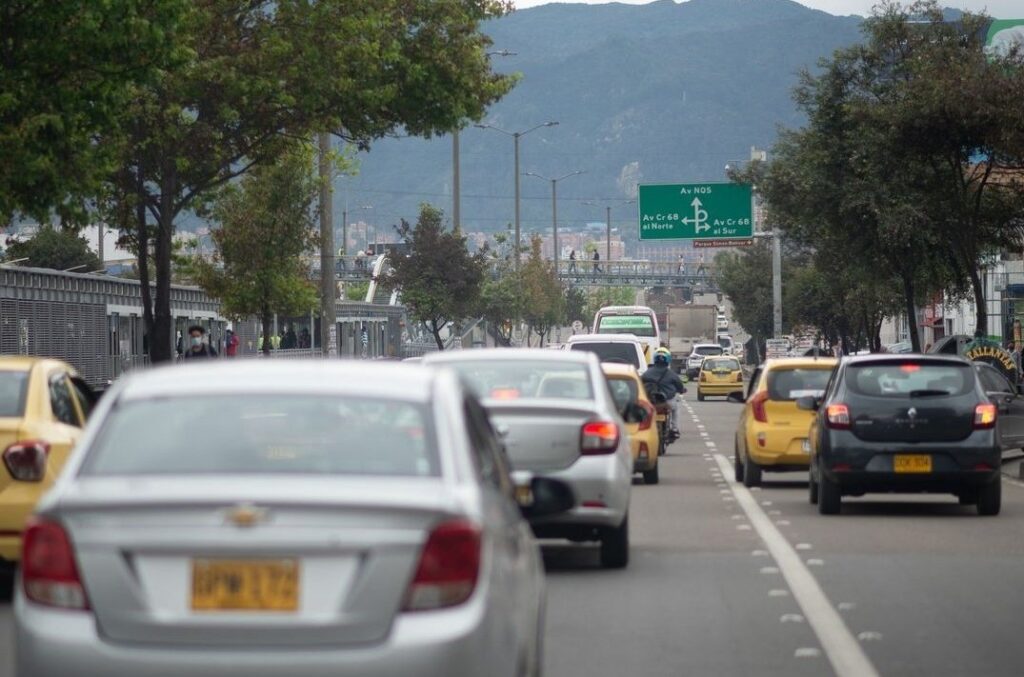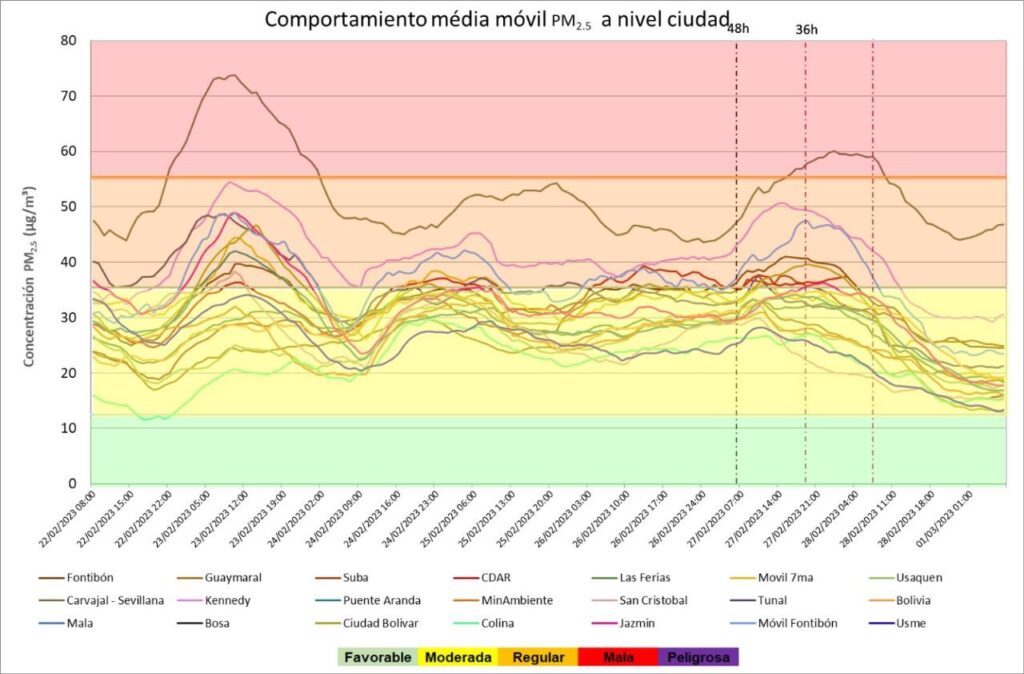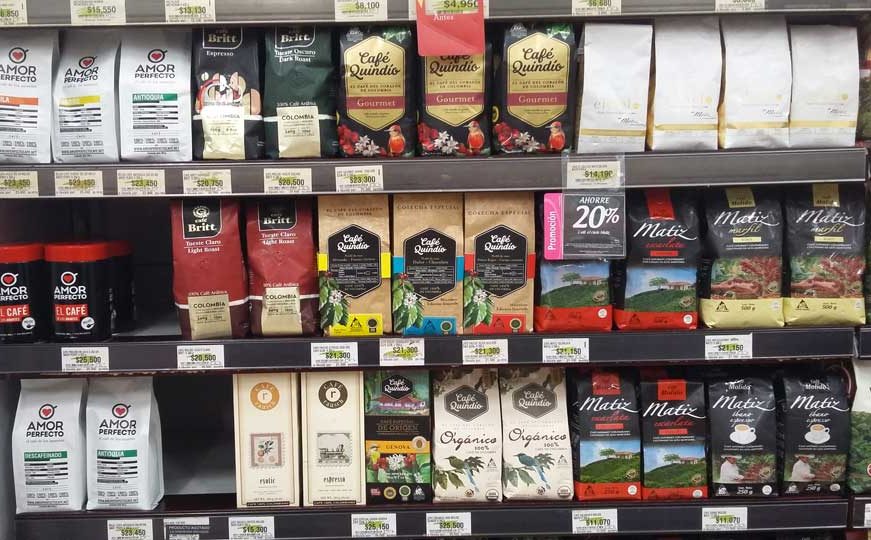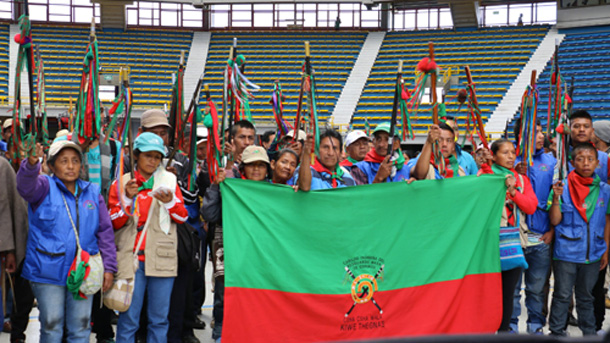
If you live in Bogotá, you’ve probably noticed heavier air pollution in the last few months. It’s got so bad that local authorities are asking people to wear masks on public transport as part of a slate of measures.
Bogotá uses a phased system to track pollution and the risk to residents. We’re currently under what it calls a “Phase 1” environmental alert, which allows authorities to impose certain restrictions to try to get pollution levels down. People in vulnerable groups may experience respiratory or cardiovascular symptoms.
Bogotá air pollution measures
The local government says the use of face masks is mandatory on public transport until the alert level is reduced. It’s also tightened up on pico y placa restrictions to force more drivers to stay home. Normally, Bogotá drivers can pay extra to avoid licence plate restrictions, but that won’t be an option between Tuesday and Friday of this week.
Deyanira Ávila, Bogotá’s mobility secretary, explained that the scheme’s subscribers will not lose the days they paid for. “These four days will shift in time, they will be entitled to the service they paid for, but at a later date,” she said. Those who do not abide by the suspension of the scheme will be fined COP $522,900 (around USD $100).
Local authorities are also suggesting we should avoid doing sports during the day, and that those with respiratory problems stay home if possible. Carolina Urrutia, the city’s environmental secretary, said in a statement, “The measures include prevention in schools and in public and private gardens, and outdoor physical activity should be restricted between 6:00 am and 10:00 am.”
She added, “People with respiratory illnesses, especially children, should not attend school and if necessary, they should wear a mask. In terms of mobility, the use of face masks will be mandatory for the duration of the alert in the city.”

Urrutia said that where building works are being carried out, the site should be covered, and the area of operation should be dampened in order to reduce dust and other emissions.
The restrictions will remain until conditions improve.
Why is Bogotá’s air pollution so bad?
This is not the first time Bogotá has faced issues with air pollution. While air quality improved during the pandemic, it’s been hard to maintain as life has returned to the capital. So what’s behind the city’s smoggy streets?
A large contributor to the city’s pollution is the forest fires in the northeast of Colombia. Forest fires have several sources, such as farmers preparing their terrain for new crops. Meanwhile, many blame the emissions produced by factories in and around Bogotá. Herman Martínez Gómez, former director of Bogotá’s Botanical Garden, told El Tiempo report that “emitting factories must be temporarily closed when pollution levels are too high.”
Bogotá already has several measures in place to deal with the problem. For example, its pico y placa system is designed to reduce both traffic and air pollution. It restricts traffic access for vehicles with licence plate numbers ending in set digits on certain days and hours.
It is yet to be seen whether the current additional measures will provide a long-term solution to the environmental crisis in Colombia’s capital.





